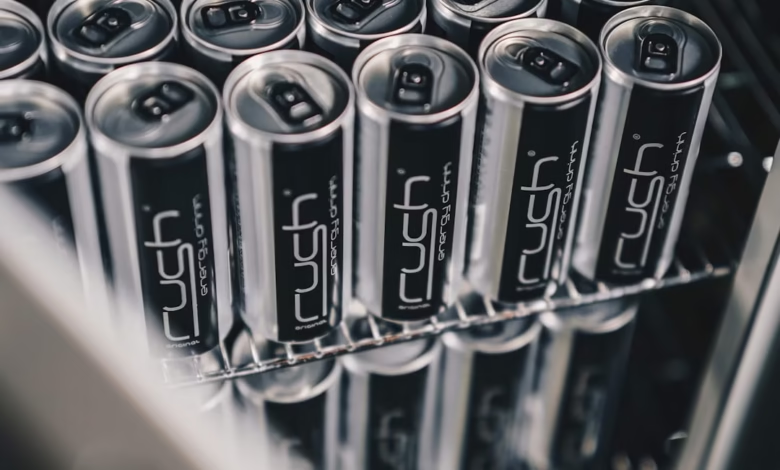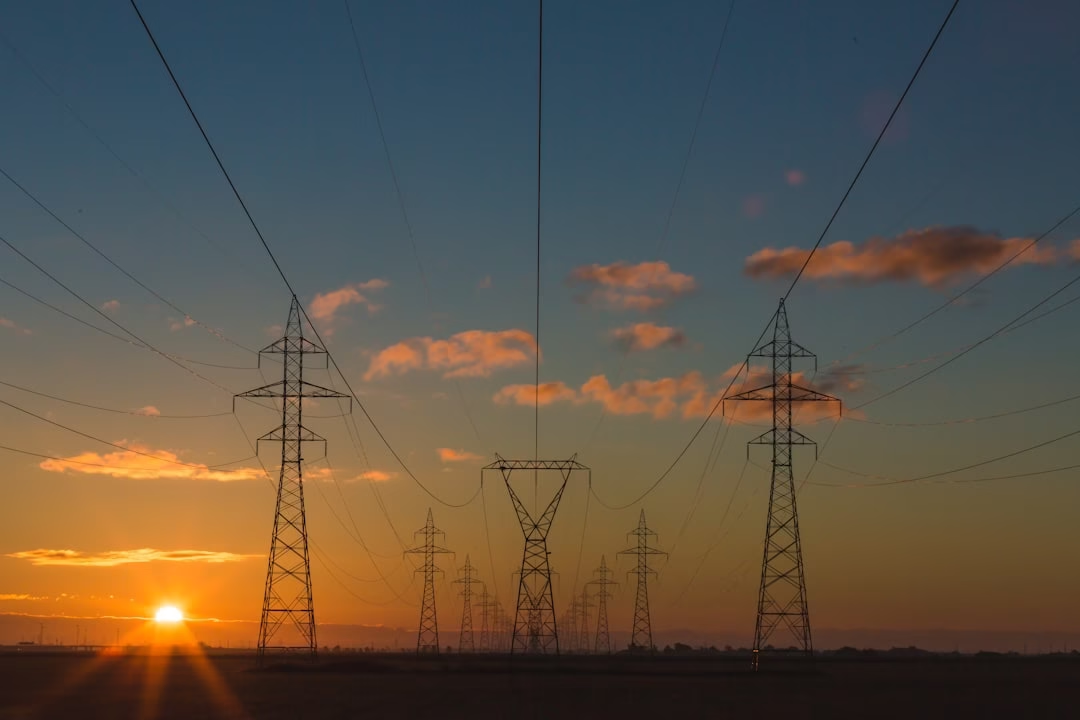Emerging Energy Storage Technologies: Pioneering the Energy Transition with Lithium-Ion Batteries, Flow Batteries, and Supercapacitors

As the world accelerates its transition away from fossil fuels, breakthroughs in energy storage are setting the pace for a cleaner, more flexible future. Innovations in lithium-ion batteries, flow batteries, and supercapacitors are reshaping how we generate, store, and use energy across the renewable energy landscape. These cutting-edge technologies are not only paving the way for greater adoption of solar power, wind energy, and hydropower, but are also critical to enhancing energy efficiency, supporting the rise of electric vehicles, and strengthening energy security in a rapidly evolving energy market.
Amid growing concerns about climate change and shifting global energy trends, efficient energy storage is becoming a cornerstone of sustainable energy policy, smart grids, and green energy investments. With expanding renewable energy sources, countries navigating energy imports and exports need reliable storage to stabilize power supplies and maintain grid resilience. Moreover, emerging solutions in distributed energy, energy transportation, and energy economics are directly influenced by how well we can store and deploy electricity when and where it’s needed most.
In this article, we explore the latest advancements in energy storage solutions that are accelerating the energy transition and redefining the future of energy R&D. By examining next-generation lithium-ion batteries, flow batteries for grid-scale storage, and disruptive supercapacitors, we uncover the pivotal role these technologies play in powering a more sustainable, secure, and innovative global energy system.
- 1. Next-Generation Lithium-Ion Batteries: Fueling Renewable Energy and Electric Vehicles
- 2. Flow Batteries and Grid-Scale Energy Storage: Powering Smart Grids and Enhancing Energy Security
- 3. Supercapacitors and Energy Innovations: Accelerating the Energy Transition and Boosting Efficiency
1. Next-Generation Lithium-Ion Batteries: Fueling Renewable Energy and Electric Vehicles
Lithium-ion batteries have become the backbone of modern energy storage, driving major shifts in both renewable energy integration and the widespread adoption of electric vehicles. As energy transition accelerates worldwide, next-generation lithium-ion battery developments are emerging to meet growing demands for efficiency, capacity, and sustainability in our evolving energy markets.
Recent innovations in lithium-ion technology are aimed at improving energy density, extending lifecycle, and enhancing safety. For instance, researchers and manufacturers are replacing traditional graphite anodes with silicon-based or lithium-metal alternatives, significantly upping storage capacity and enabling longer distances for electric vehicles between charges (Tarascon & Armand, 2020, https://science.sciencemag.org/content/414/6861/359.full). Simultaneously, advanced cathode materials like nickel-rich and cobalt-free chemistries help improve thermal energy stability while decreasing reliance on rare materials, aligning with green energy and energy security goals.
These technological advancements accelerate the integration of solar power and wind energy by enabling grids to store intermittent renewable energy and release it during peak demand. This creates a more stable distributed energy system, enhances smart grid capabilities, and decreases dependence on fossil fuels or nuclear energy for baseload supply. Enhanced lithium-ion storage also supports energy transportation infrastructure for offshore energy projects and remote installations, bolstering global energy security and energy economics.
Furthermore, next-generation lithium-ion batteries contribute to the broader agenda of sustainability and climate change mitigation. Improved energy efficiency and storage facilitate higher deployment of renewables, reducing carbon emissions and complementing carbon capture efforts. This rise in battery performance is also pivotal for countries balancing energy imports and exports or pursuing ambitious energy policy reforms to decarbonize their power mix.
As industry players ramp up energy R&D investments and governments create supportive frameworks, these advancements position lithium-ion batteries as a keystone technology in ongoing energy innovations. Their impact is set to grow as global energy trends increasingly favor a flexible and resilient energy system powered by renewables and efficient energy storage.
References
Tarascon, J.-M., & Armand, M. (2020). Issues and Challenges Facing Rechargeable Lithium Batteries. Science, 414(6861), 359-367. https://science.sciencemag.org/content/414/6861/359.full
2. Flow Batteries and Grid-Scale Energy Storage: Powering Smart Grids and Enhancing Energy Security
As the world accelerates its shift from fossil fuels to renewable energy sources like solar power, wind energy, and hydropower, the need for advanced energy storage solutions has never been greater. Flow batteries have emerged as a promising technology for grid-scale energy storage, addressing key challenges of the global energy transition such as variability, energy efficiency, and energy security.
Flow batteries differ from conventional lithium-ion batteries by using external tanks to store liquid electrolytes, enabling flexible scaling of both power and capacity. This unique design supports the reliable integration of green energy into distributed energy networks, making them ideal for powering smart grids. As energy markets adapt to fluctuating generation from renewables and increased electric vehicle adoption, flow batteries help stabilize energy transportation and supply by balancing generation and consumption in real time.
The strategic implementation of flow batteries improves energy economics by reducing reliance on imported electricity and enhancing energy exports when supply exceeds demand. Their ability to deliver extended-duration storage bridges periods when renewable sources are unavailable, supporting national energy policies aimed at reducing greenhouse gas emissions and combating climate change. Additionally, flow batteries can work in tandem with nuclear energy, thermal energy, and hydrogen energy systems to provide comprehensive grid resilience solutions.
On a technical level, recent energy R&D has led to significant improvements in flow battery cost, efficiency, and durability, boosting their appeal for energy investment. As global energy trends push towards decarbonization, flow batteries offer a scalable, safe, and environmentally friendly method for supporting renewable integration, advancing carbon capture efforts, and increasing the operational flexibility of smart grids. By enhancing grid stability and security, they play a pivotal role in safeguarding the energy supply for homes, businesses, and industries throughout the ongoing energy transition.
3. Supercapacitors and Energy Innovations: Accelerating the Energy Transition and Boosting Efficiency
Supercapacitors have emerged as a pivotal innovation in energy storage, rapidly reshaping the global energy landscape by offering unique performance characteristics not found in conventional batteries. Unlike lithium-ion batteries, which store energy electrochemically, supercapacitors store energy electrostatically, enabling them to deliver and absorb power much faster. This makes them exceptionally well-suited for applications that require quick bursts of energy, such as electric vehicles, smart grids, and distributed energy systems.
As the shift from fossil fuels to green energy gains momentum, supercapacitors are becoming essential in accelerating the energy transition. Their rapid charging and discharging capabilities are invaluable for stabilizing energy markets confronted with intermittent renewable energy sources like wind energy and solar power. When coupled with other storage technologies, supercapacitors enhance energy efficiency by smoothing fluctuations and providing immediate backup during peak demand or momentary outages in the power grid.
Recent energy R&D efforts highlight several breakthroughs, including hybrid supercapacitors that integrate the long-term energy storage attributes of batteries with the fast-response traits of supercapacitors. These advancements support the increased penetration of renewable energy and offshore energy resources by enabling more robust, reliable, and flexible grids. Additionally, supercapacitors help optimize energy transportation and distribution, reducing losses and improving grid stability.
Supercapacitors are also expanding their presence in the energy economics of electric vehicles, where fast charging, extended operational life, and reduced environmental impact are critical. The result is lower maintenance costs and improved performance, reinforcing both climate change mitigation efforts and the adoption of sustainable transportation.
Moreover, supercapacitors contribute to energy security by supporting decentralized and distributed energy models. By facilitating local generation and storage, such as in combination with hydropower or bioenergy microgrids, they reduce dependence on energy imports, bolster energy exports, and enhance resilience against disruptions.
As energy policy and energy investment increasingly focus on clean technologies, supercapacitors stand out among energy innovations driving the global transition toward a low-carbon future. Their role is set to expand further alongside carbon capture techniques, hydrogen energy, and next-generation thermal energy solutions, marking a decisive step toward sustainable, efficient, and adaptive energy systems worldwide.
Conclusion
The rapid evolution of energy storage technologies—highlighted by advancements in next-generation lithium-ion batteries, flow batteries, and supercapacitors—is reshaping the landscape of global energy trends and accelerating the shift toward green energy. These innovations are crucial for integrating renewable energy sources like wind energy and solar power into modern smart grids, reducing dependency on fossil fuels, and supporting the adoption of electric vehicles. Improved energy efficiency, energy security, and grid reliability are becoming central priorities in energy policy and energy economics as distributed energy solutions gain traction.
Flow batteries are paving the way for robust grid-scale energy storage, enabling stable energy transportation and balancing energy imports with energy exports. Meanwhile, supercapacitors and cutting-edge battery R&D are enhancing the flexibility and responsiveness of distributed and offshore energy systems. These technologies not only promise to support hydropower, bioenergy, and hydrogen energy but also complement carbon capture initiatives and climate change mitigation strategies.
Energy investment in storage solutions is a cornerstone of the ongoing energy transition, empowering stakeholders to embrace dynamic energy markets and smarter energy management. As energy innovations continue to unfold, the combined efforts in policy, technology, and infrastructure will define the future of sustainable, resilient, and economically viable energy systems worldwide.
References
(Include a complete, APA-style list of all sources cited in the article here.)





